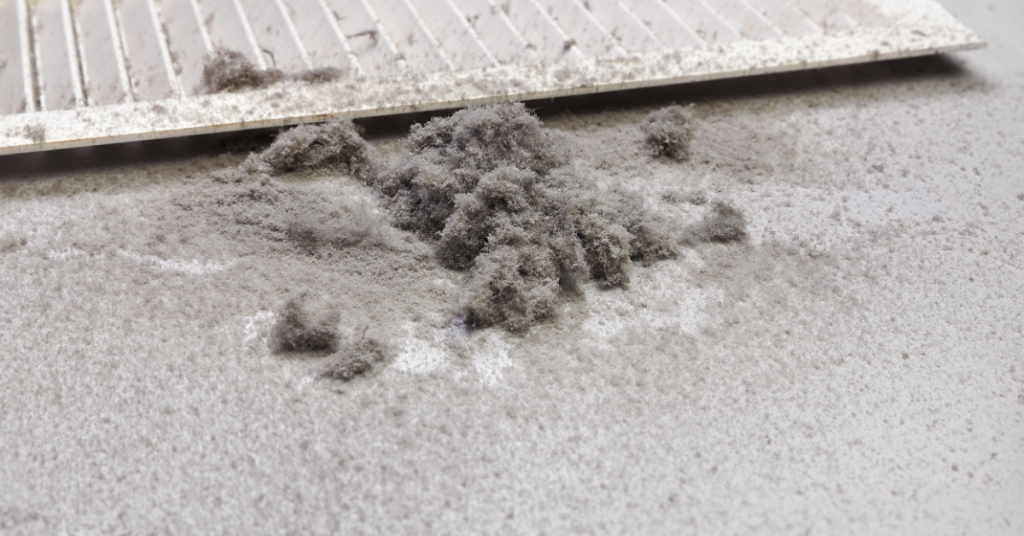Controlling dust is important in many industries, from mining and construction to agriculture and manufacturing. Dust in the air is more than just an annoyance. It can cause health problems for workers, reduce visibility, damage equipment, and affect the quality of nearby water sources. Using the right tools and methods for dust suppression can help keep the air cleaner, protect people’s health, and meet safety regulations.

Why Dust Control Is Necessary
Dust is created when materials are moved, crushed, cut, or loaded. It is common in areas where soil, rock, or other dry materials are handled. Without proper dust control, fine particles can travel long distances, affecting communities and the environment. In workplaces, it can lead to breathing problems, increase the risk of accidents, and cause machinery to wear out faster.
Using a well-designed dust suppression system means there is a plan in place to reduce the spread of airborne particles. This is not only about following the law but also about maintaining a safe and efficient operation.
Types of Dust Suppression Solutions
There are many ways to reduce dust, and the right choice often depends on the size of the site, the type of material being handled, and the local climate. Some dust suppression solutions focus on adding moisture to particles so they settle quickly. Others use barriers or enclosures to keep dust from escaping into the air.
For example, in a quarry, adding moisture directly to rock at the crushing stage can reduce dust before it spreads. On a large construction site, spraying water on unpaved roads can keep particles down while trucks are moving.
Using Water Spray Systems
A water spray system for dust control works by applying a fine mist over dusty areas. This mist catches airborne particles, making them heavier so they settle faster. These systems can be placed on fixed points like conveyor belts or mounted on vehicles for mobile spraying.
One advantage is that water is widely available and effective in many situations. The challenge is to apply just the right amount so the material is damp enough to control dust without creating mud or runoff problems.
Fog Cannons for Larger Areas
When the area is large or dust is being generated in open spaces, Fog cannons can be a good choice. These machines shoot a fine mist over a wide area, making them useful for mines, demolition sites, and bulk material storage areas. The mist particles are small enough to mix with airborne dust and bring it down quickly.
Modern Misting Cannons can be adjusted for distance and coverage, which means they can target dust without wasting water. They are often used during loading and unloading at ports or when moving large piles of soil or minerals.
Mist Cannons for Targeted Applications
Mist cannons work in a similar way to fog cannons but can be better for more targeted dust suppression. For example, they can be aimed directly at a conveyor transfer point or a crusher to reduce dust at the source. They can also be used indoors in warehouses or manufacturing plants where space is limited but dust still needs to be managed.
Safety and Compliance Benefits
Reducing dust is not only about comfort and visibility. Many industries have strict rules for air quality, and failing to meet them can lead to fines or shutdowns. Using proper systems reduces the risk of breaking these rules. It also shows commitment to worker safety, which can improve staff satisfaction and reduce turnover.
Cost Savings from Dust Control
While there is an upfront cost to setting up dust suppression systems, they often save money in the long run. Cleaner air reduces wear on equipment, lowers cleaning costs, and reduces the risk of costly health claims from workers. It can also improve the efficiency of some processes, as less material is lost to the air.
Choosing the Right Method
The best approach often combines different methods. For example, a mine might use water spray systems at conveyor belts, fog cannons in open pit areas, and enclosed chutes to move material. A construction site might use mist cannons for targeted control along with road wetting to keep dust from truck traffic under control.
The choice should be based on site conditions, local regulations, and budget. Regular maintenance is also key, as even the best system will fail if it is not looked after properly.